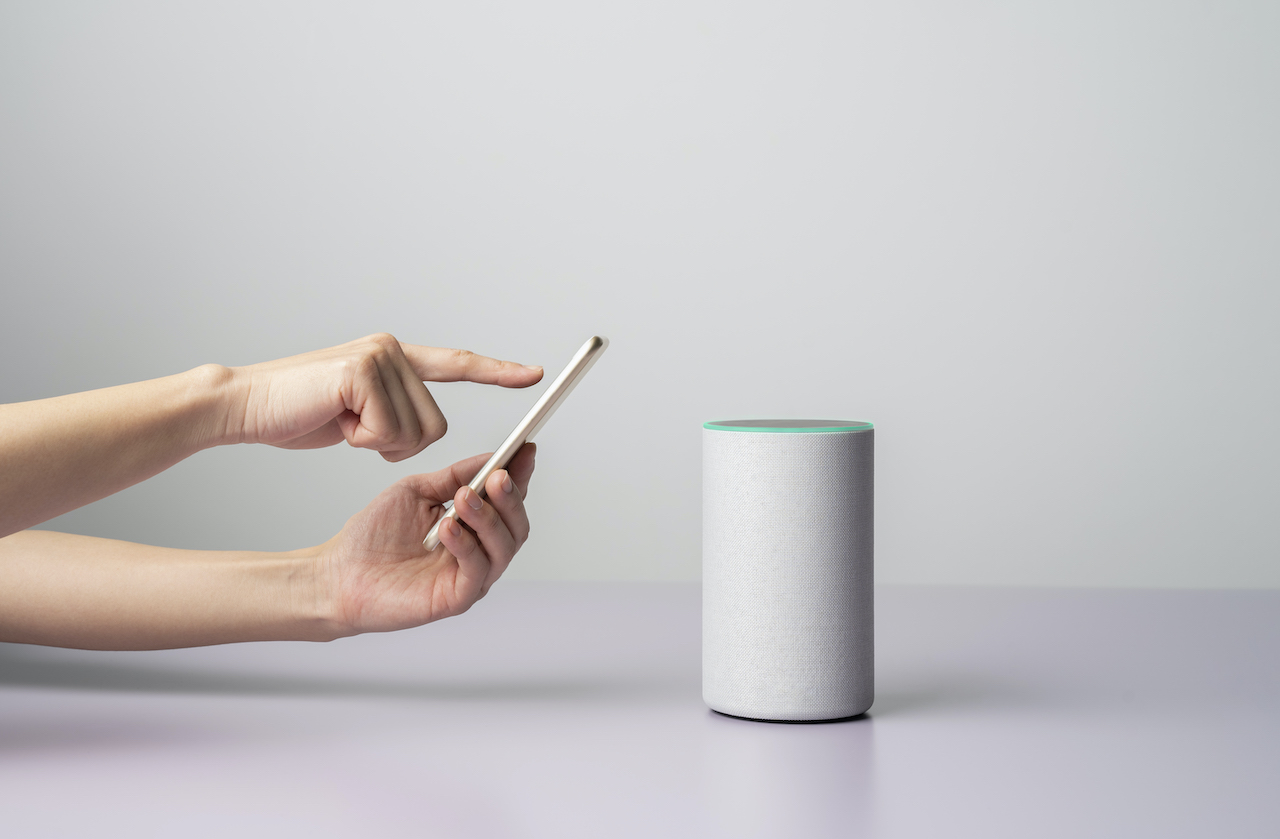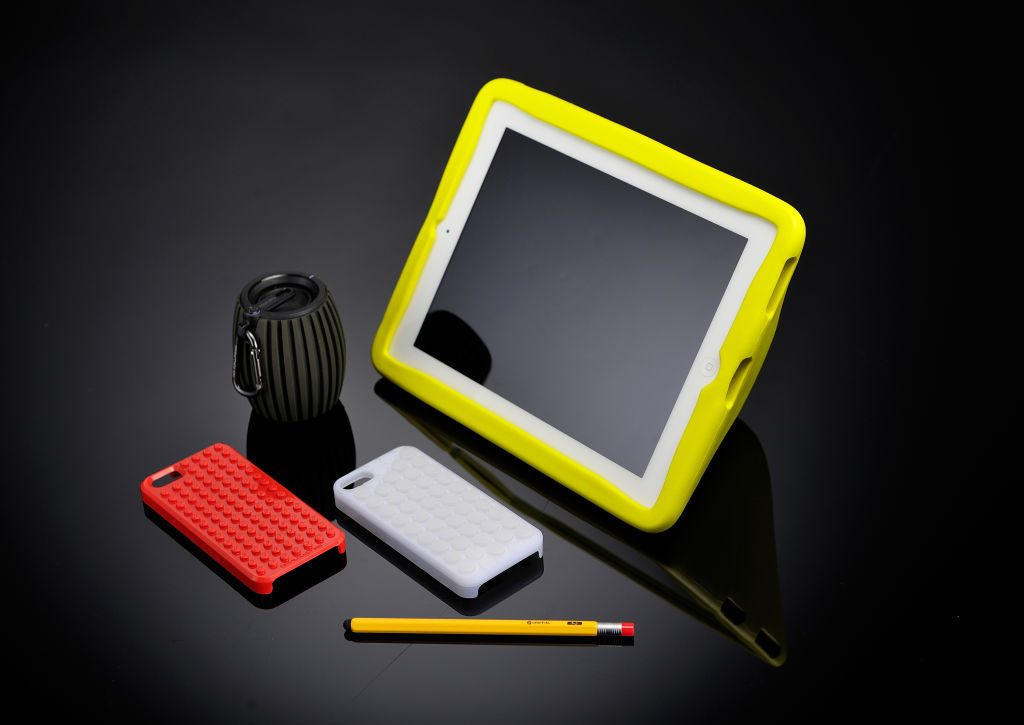Bluetooth: Who invented it and how does it work?
Bluetooth was inspired by a Nordic king and harnesses the power of radio. How has this wireless connectivity reshaped our electronic ecosystems.

What devices use Bluetooth? If you look around the room right now, chances are you can spot at least half a dozen electrical devices. From mobile phones and speakers to the best running headphones and health monitors, many of these will use Bluetooth.
Without Bluetooth, each device would have to be joined together by wires, meaning you could never sit more than a few feet away from the screen.
A world of electronics connected by wires wouldn't just be untidy, but a potential health and safety nightmare too.
That's where Bluetooth comes in. We've all heard of it – but what exactly is it?
What is Bluetooth?

Bluetooth is a method of short-range wireless communication between electronic devices that harnesses the power of radio waves.
First developed in the late 90s, the tech has become an increasingly popular way of solving the problem of more and more electrical devices needing to be connected, without having to link everything together with wires, according to the journal Nature Electronics.
Now, if you look at the remote control you use to switch channel on the TV you might rightly ask yourself why Bluetooth was such a big deal? After all, connecting devices with invisible signals had been done before.
Get the world’s most fascinating discoveries delivered straight to your inbox.
Radio vs Infrared
The problem with remote controls which use infrared signals, is that they need to maintain what is called 'line of sight', according to a paper published in the journal IOP Conference Series: Materials Science and Engineering. If something is standing between the transmitter and receiver, it won't work. But because Bluetooth uses radio, obstacles aren’t a problem, but it has a relatively short range of around 10m.
Since its creation in the late 90s, the tech has become more and more refined and widely used, with the four billionth Bluetooth device being shipped in 2020, according to a paper in the 2020 Mediterranean Communication and Computer Networking Conference journal.
Broadcasting bandwidth

The secret to Bluetooth is good old fashioned radio, but not quite as we know it. The main function of radio when used for broadcasting, or when we use it to broadcast mobile phone signals – is distance.
After all, a radio station wants its programmes to be heard far and wide, while mobile phone signals have to reach the nearest phone tower so it can be relayed to a receiving handset.
But Bluetooth is much less powerful than that and has a range of about 30 feet (10 meters), according to Sony’s website.
The radio spectrum stretches from 30 Hz to 300 GHz. The lower the frequency, the longer the range, but also the lower the data rate and quality it can support.
According to a paper published after the International Conference on Communications, Bluetooth operates at 2.4 GHz which gives it the right balance between range and data quality. The other benefit of this frequency is that it's available around the world, according to Bluetooth.com, making it a standard bearer for low power, wireless connectivity.
Connecting an ecosystem
Mobile origins

Bluetooth traces its beginnings all the way back to the 90s. It had been conceived by Dr Jaap Haartsen at Swedish mobile giant Ericsson, according to the European Patent Office (EPO). Things really stepped up though in 1998 when the Bluetooth Special Interest Group (SIG) was formed to develop and promote the technology.
The group released Bluetooth 1.0 in 99 and a year later it began to be used in mobile phones and desktop PCs, making their way to laptops and printers in 2001, according to TechRadar. In the middle of the decade, the Bluetooth headset – which allowed people to communicate hands free – became a common sight.
Additional resources
You can learn more about Bluetooth range from a Bluetooth consultant in this short video. Additionally, explore the latest Bluetooth headsets in TechRadar’s guide.
Bibliography
"How we made Bluetooth". Nature Electronics (2018). https://www.nature.com/articles/s41928-018-0186
"Expanded Coverage Remote Control". IOP Conference Series: Materials Science and Engineering (2020). https://iopscience.iop.org/article/10.1088/1757-899X/852/1/012155/meta
"One GPU to Snoop Them All: a Full-Band Bluetooth Low Energy Sniffer". 2020 Mediterranean Communication and Computer Networking Conference (2020). https://ieeexplore.ieee.org/abstract/document/9191479
"Radio network performance of Bluetooth". 2000 IEEE International Conference on Communications (2002). https://ieeexplore.ieee.org/abstract/document/853758

Mark Smith is a freelance journalist and writer in Liverpool, England. A graduate in Information Systems, he has written on business, technology and world affairs for organizations ranging from the BBC, The Guardian, The Telegraph and How It Works Magazine, as well as magazines and websites in the United States, Europe and South East Asia. Subjects of his writing have ranged from quantum computing to the VFX of Tron. He is the author of "The Entrepreneur's Guide to the Art of War," which Booklist called "Essential reading for the business leaders of tomorrow and a fascinating study of the boardroom as the new battlefield."
 Live Science Plus
Live Science Plus





